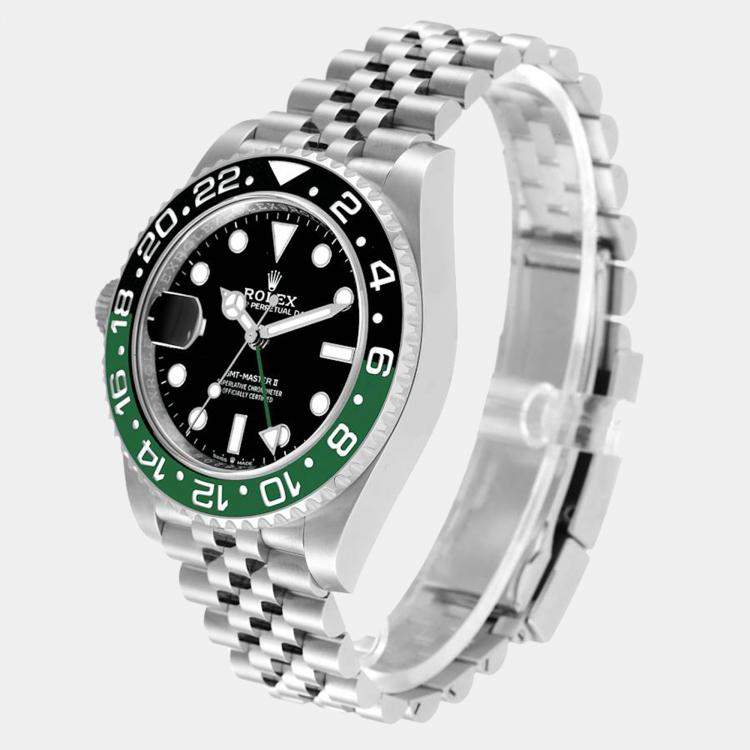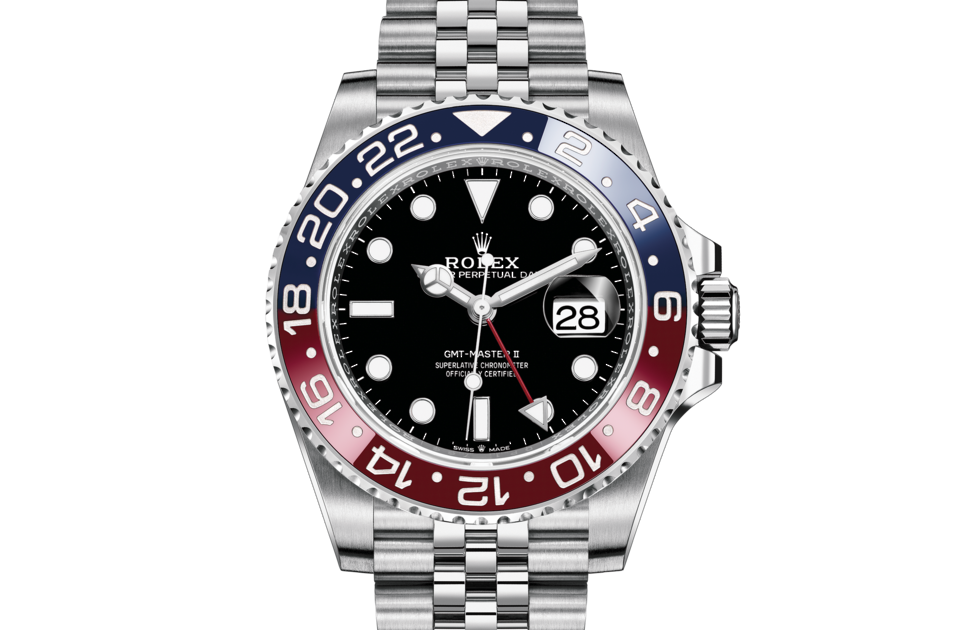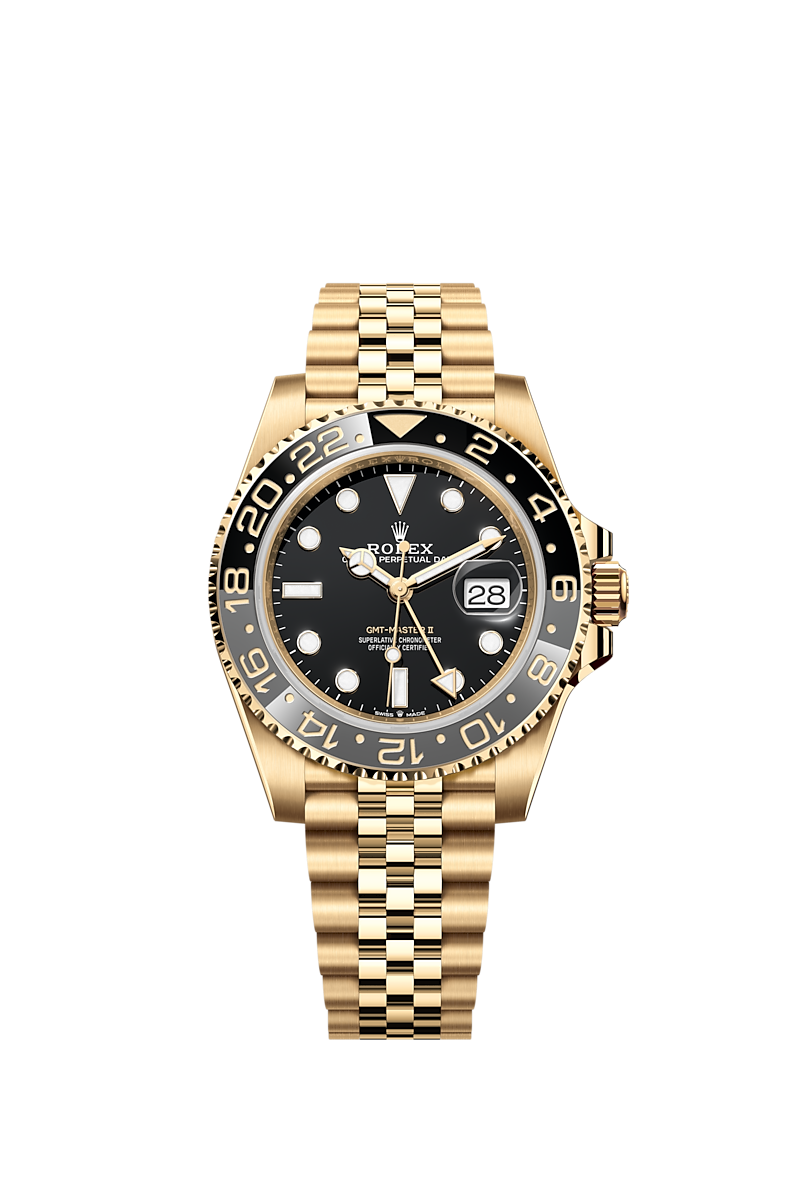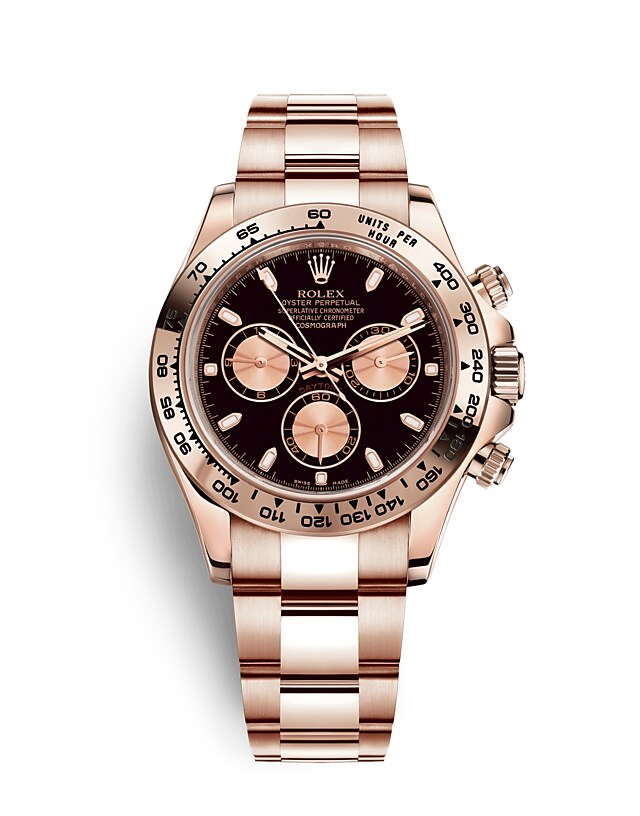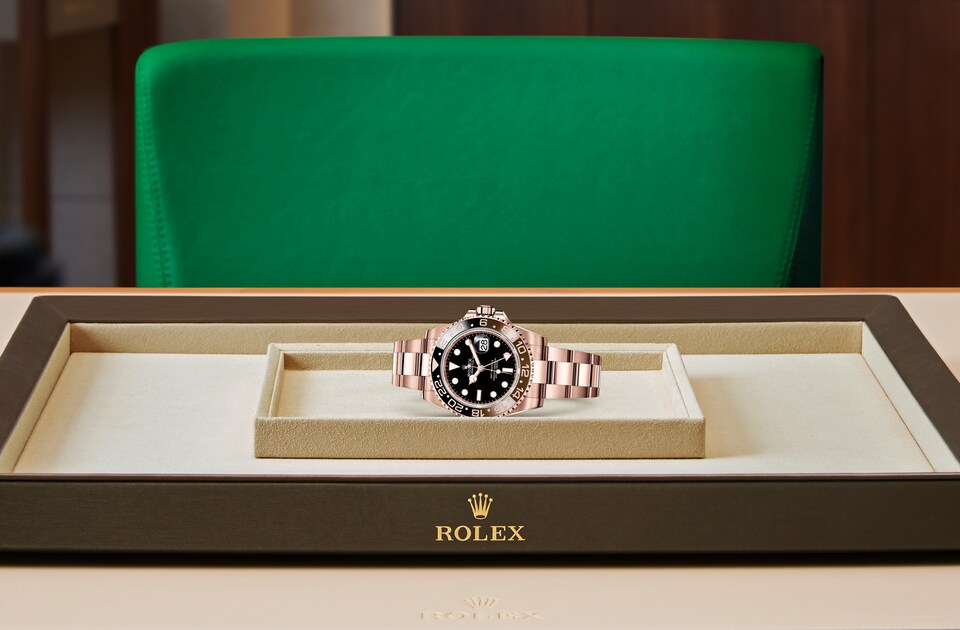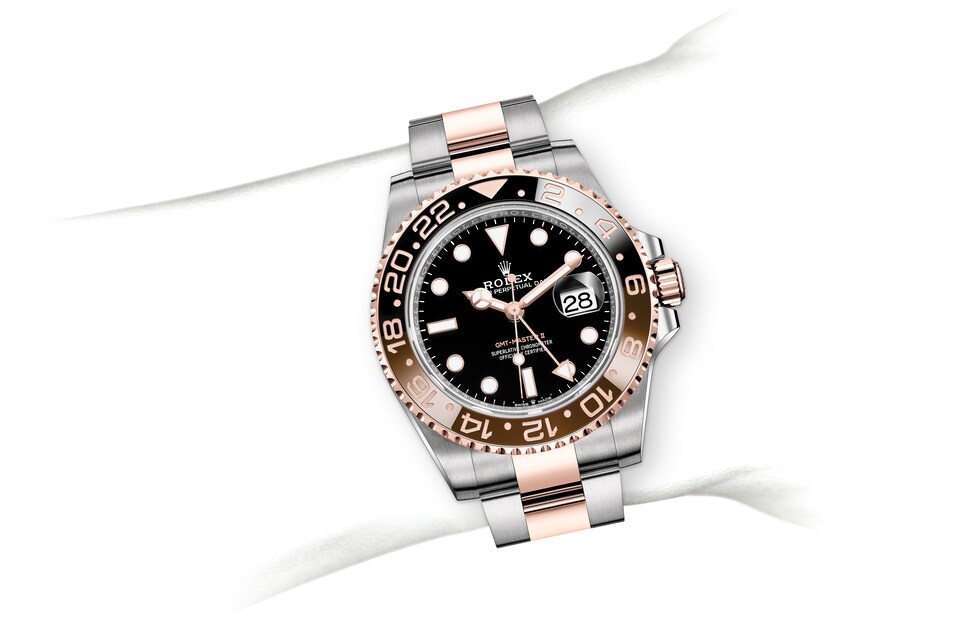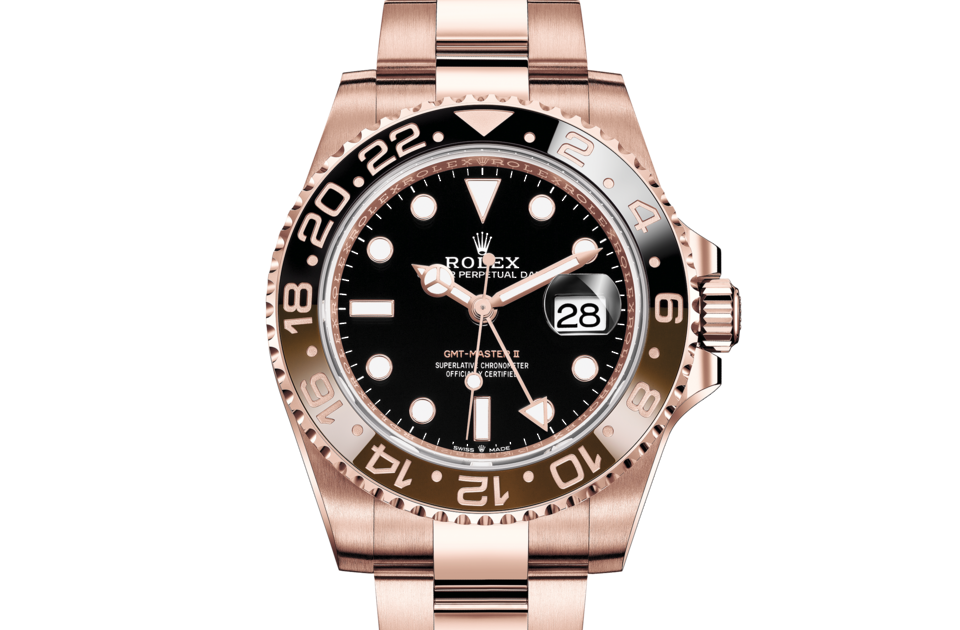
Welcome to RolexMagazine.com: Yellow Gold Rolex GMT Master II 50th Anniversary Celebration Model with Green Dial

Rolex GMT-Master II 126710BLNR "Batman" 2023 Jubilee for AED67,298 for sale from a Trusted Seller on Chrono24

Welcome to RolexMagazine.com: Yellow Gold Rolex GMT Master II 50th Anniversary Celebration Model with Green Dial

Welcome to RolexMagazine.com: Yellow Gold Rolex GMT Master II 50th Anniversary Celebration Model with Green Dial



